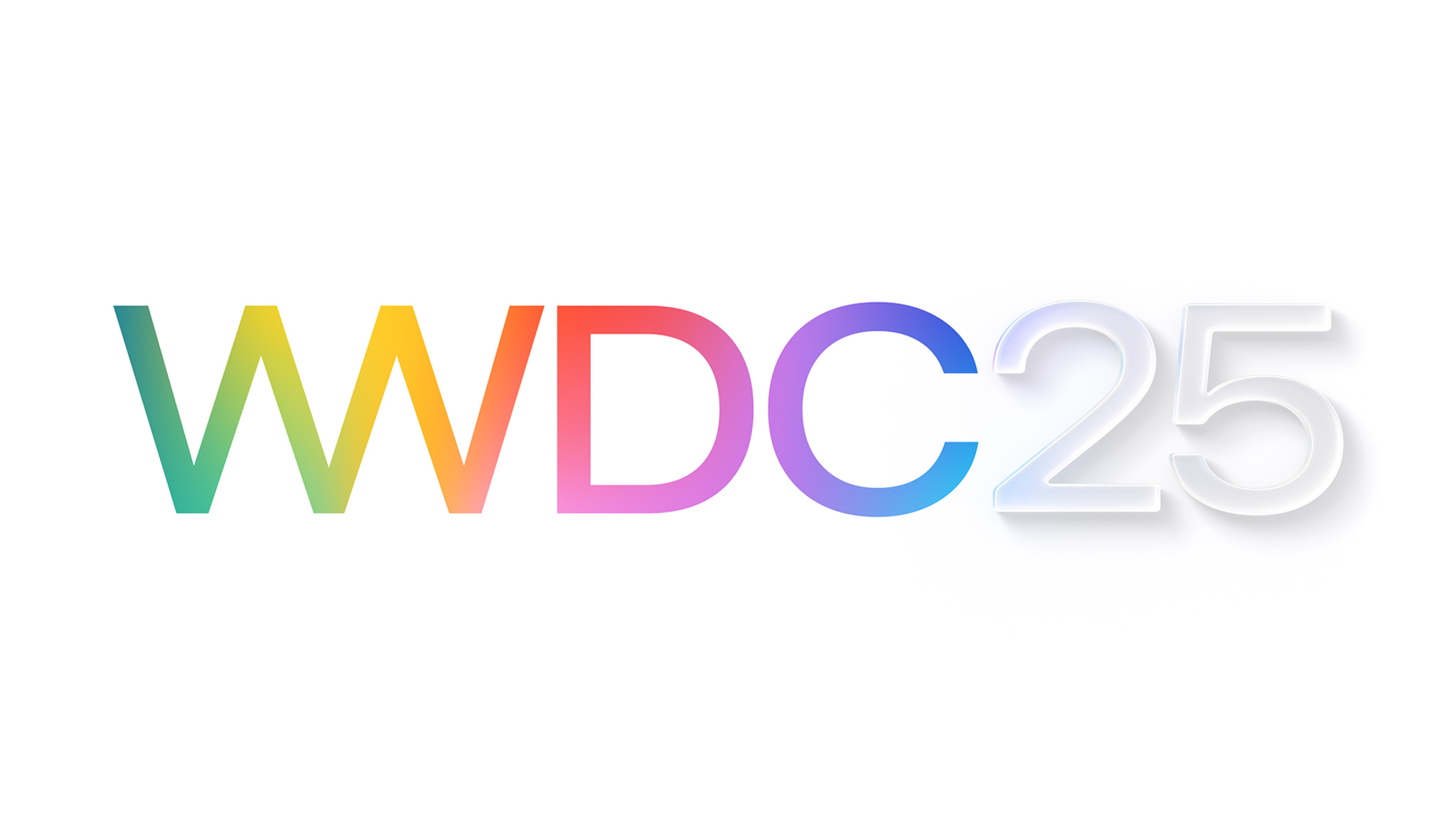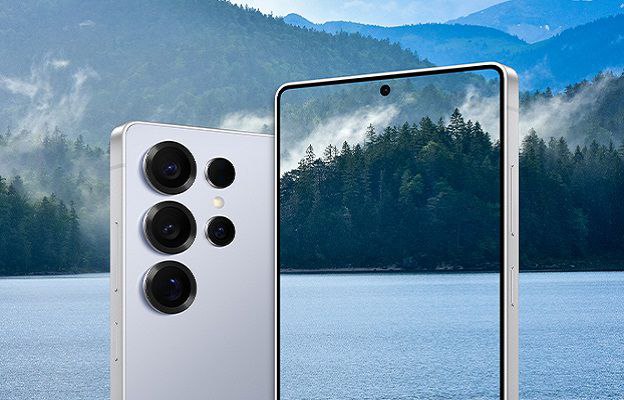
Apple WWDC 2025 Worldwide Developers Conference (WWDC) 2025 proved to be more than just an annual developer gathering—it became a defining moment in the company’s evolution into the AI era. From major software redesigns to deep integrations of artificial intelligence, Apple has unveiled a future that’s smart, personal, and highly immersive.
A New Age of AI: Apple Intelligence Takes Center Stage
This year, Apple officially introduced Apple WWDC 2025 its own AI system dubbed Apple Intelligence—a suite of features powered by generative AI and machine learning, seamlessly integrated into iOS 26, iPadOS 26, macOS 15 (“Tahoe”), and visionOS 2. Unlike other tech giants that flood the user with visible AI bots, Apple focused on contextual intelligence: subtle yet powerful enhancements that elevate user experience without being intrusive.
Some standout features include:
- Smart Summarization for emails, messages, and Safari pages.
- Priority Notifications, where your device learns what’s important to you and filters accordingly.
- Writing Tools in Mail, Notes, and Pages that can rewrite, proofread, or format your text in different tones and styles.
- Image Playground, where users can generate visuals using AI in seconds for notes, social media, or creative work.
Importantly, Apple also emphasized privacy in AI, stating that most processing will happen on-device, and when needed, it will securely use Apple’s own Private Cloud Compute architecture.
Apple WWDC 2025 iOS 26: A Smarter, Sleeker iPhone Experience
iOS 26 is being hailed as Apple’s most intelligent update ever. The home screen now supports interactive widgets, customizable lock screens, and live activities with more dynamic control. But the biggest leap comes from the AI-powered enhancements across apps:
- Messages now support smart replies, AI-assisted grammar corrections, and summary threads.
- Photos gains AI photo editing, such as background removal, object detection, and smart albums.
- Siri has been rebuilt to be faster, context-aware, and more human-like, finally catching up with competitors like ChatGPT and Alexa.
One small but impactful change? You can now type to Siri directly from the lock screen—great for silent environments.
macOS 15 “Tahoe”: Inspired by Nature, Designed for Power
macOS 15 is named after Lake Tahoe, and much like the natural beauty of Apple WWDC 2025 its namesake, the OS focuses on elegance and performance. A refined design language called Liquid Glass brings better transparency, layered depth, and rounded window edges.
Notable features include:
- Cross-Device AI Sync, where your Mac continues tasks you started on iPhone or iPad using on-device intelligence.
- A revamped Control Center, inspired by iOS.
- AI-driven Spotlight Search, that can now understand natural language commands and even perform tasks (e.g., “find the PDF I downloaded last Monday”).
Siri on macOS 15 also gets smarter, offering multi-step actions like “Send a summary of this PDF to John via Mail.”
iPadOS 26: Productivity on Steroids
iPadOS 26 is the bridge between a Mac and an iPhone—and now it’s smarter and more productive than ever. Apple finally delivered multiple resizable windows, akin to desktop multitasking, with intuitive gestures and snapping.
The Apple WWDC 2025 Notes app introduces Smart Diagrams, where hand-drawn sketches are instantly cleaned up using AI. Apple Pencil gains a “Magic Ink” feature, converting rough drawings into perfect shapes and diagrams using visionOS APIs.
AI tools help in:
- Creating structured lesson plans for teachers.
- Auto-formatting code in Swift Playgrounds.
- Generating visual content with drag-and-drop ease via Image Playground.
visionOS 2: Sharpening the Spatial Experience
The Apple Vision Pro also received substantial updates with visionOS 2, enhancing immersive computing with a blend of AI and spatial computing.
New features:
- Spatial Siri: You can now ask Siri to manipulate apps in your environment with hand or eye gestures.
- AI-generated spatial environments, where you can transform your workspace into a calming forest or a futuristic control room.
- Health-focused apps, like posture tracking and vision correction exercises, driven by machine learning.
Developers are thrilled by the new RealityKit 3, allowing more lifelike simulations and collaborative AR apps for remote work and learning.
Privacy-First AI: Apple’s Core Differentiator
While Google, Microsoft, and Meta are racing to integrate aggressive AI bots, Apple took a privacy-first approach. Most AI tasks are processed directly on the device, meaning your personal data isn’t sent to third-party servers.
For cloud-dependent features, Apple introduced Private Cloud Compute, a proprietary system that ensures encryption, temporary storage, and zero data retention. This aligns with Apple’s long-standing commitment to user privacy.
Developer Tools: Building with Intelligence
WWDC also highlighted massive updates to developer tools:
- Xcode 16 comes with AI assistant “Xcode Copilot”, suggesting code, completing syntax, and identifying bugs in real-time.
- SwiftUI adds more responsive design elements.
- A new App Intelligence Kit (AIK) enables developers to embed Apple’s AI features—like summarization or image generation—into third-party apps.
This means even indie developers can now build apps with ChatGPT-like features using Apple’s native ecosystem.
Ecosystem Unification: Seamless Across Devices
One of Apple’s key goals this year is AI-powered continuity. You can now:
- Start writing an email on your iPad, and your Mac will suggest how to finish it.
- Ask Siri on your Watch to prepare a route, and it’s already waiting on your iPhone with traffic, fuel, and weather analysis.
- View an iPhone photo on your Vision Pro, and Siri can describe the scene or help you edit it.
This level of AI-driven ecosystem integration is unmatched.
Final Thoughts: Apple’s Smart Leap into the AI Future
WWDC 2025 was more than just a showcase of software—it was a declaration. Apple is not just catching up in the AI race, it’s defining a new standard: intelligent, intuitive, and private by design.
From smarter phones to more immersive spatial computing, Apple’s blend of AI and human-centric design proves they are not just adapting to the future—they’re shaping it.

-
Lucyd Lyte 2 Glasses: The Next Generation of Smart Eyewear

In today’s world, technology is no longer limited to smartphones, laptops, or smartwatches. The future is wearable, and leading this revolution is the Lucyd Lyte
-
Plaud Note AI: The no.1 Future of Smart Note-Taking

In a world where information flows faster than ever, capturing key ideas, conversations, and meetings is becoming essential for professionals, students, and creators. Traditional note-taking
-
samsung Galaxy S25 Ultra: The Ultimate Flagship Reimagine

The Samsung Galaxy S25 Ultra is no ordinary smartphone — it’s the future of mobile technology wrapped in a sleek, intelligent, and ultra-powerful body. With
-
Apple WWDC 2025 Recap: Reality of Apple’s AI-Infused Updates

Apple WWDC 2025 Worldwide Developers Conference (WWDC) 2025 proved to be more than just an annual developer gathering—it became a defining moment in the company’s
-
Builder ai s 4 Meteoric Rise and Sudden Fall: A Cautionary Tale in AI Startups

Builder ai At the high-stakes world of artificial intelligence, few names garnered attention as quickly as Builder.ai. Launched with the promise of revolutionizing app development
-
Jio Bharat 5G: A Budget Smartphone Powering India’s Digital Future

Reliance Jio is set to redefine India’s 5G landscape with the launch of its ultra-affordable Jio Bharat 5G. Rumored to be priced below ₹5,000, this
-
ChatGPT and Beyond: The Power of Language Models

Header 1: How ChatGPT Understands and RespondsHeader 2: Real-World Applications of AI Chatbots iflefledjflnlllllllllllllllllllddopojpjjlnc
-
AI in Healthcare: A New Era of Diagnosis

Header 1: Role of AI in Modern Healthcare Header 2: Benefits and Ethical Concerns jjskjk
-
The Rise of Artificial Intelligence in Daily Life

Header 1: What is Artificial Intelligence?Header 2: How AI Impacts Our Everyday Routine